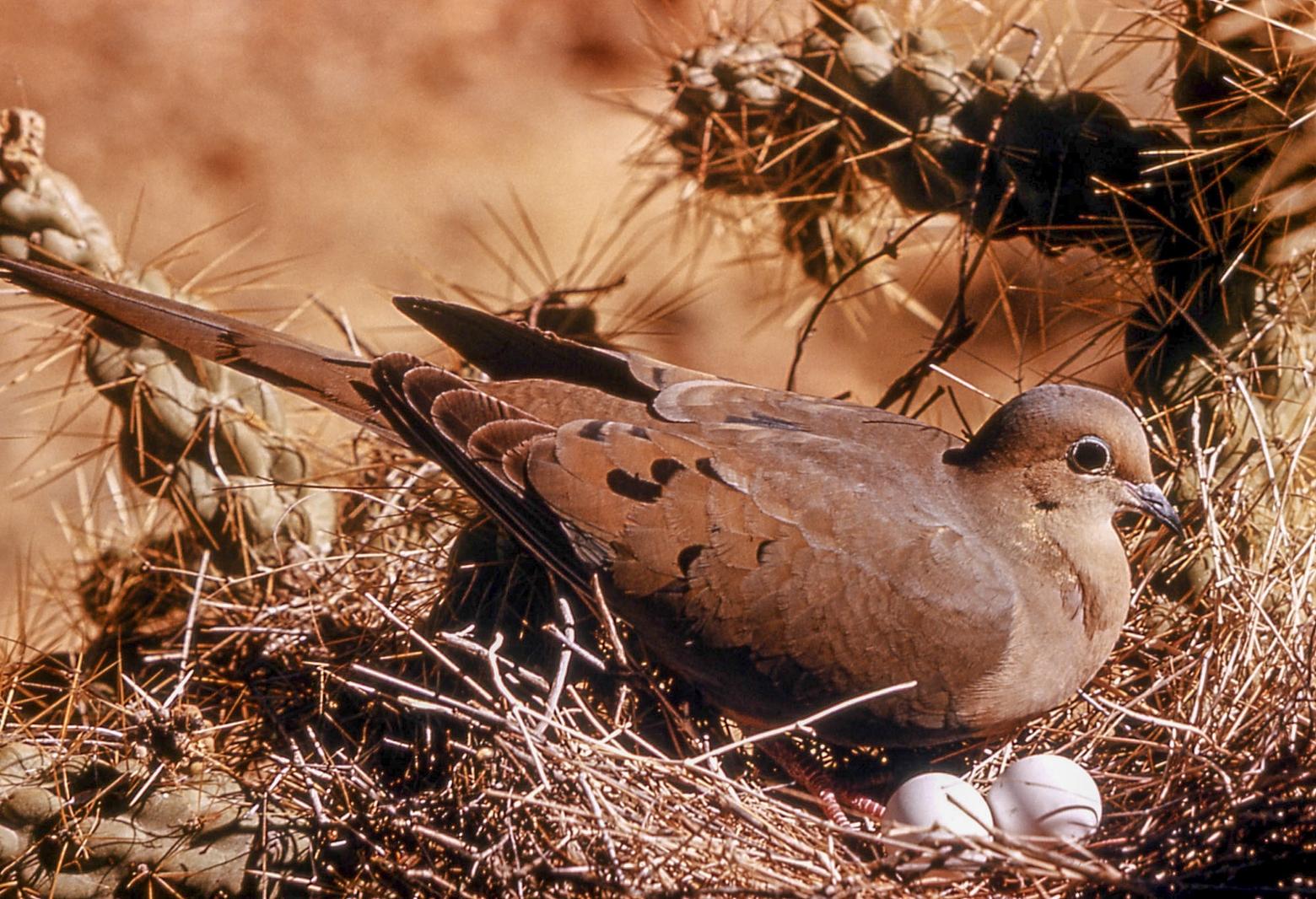Back to StoriesPair of Wildlife Diseases Detected in Montana Birds
February 2, 2024
Pair of Wildlife Diseases Detected in Montana BirdsRecent avian flu and pigeon paramyxovirus detections prompt FWP to issue statement
by Julia Barton
Multiple groups of up to 70 wild doves were found dead
near Belgrade, Montana, in the final two months of 2023. The culprit: pigeon
paramyxovirus, often referred to as PPMV. It’s one of two avian diseases recently
recorded in the state, according to Montana Fish, Wildlife and Parks.
FWP responded to reports by residents where groups of
doves were found dead, and disease testing revealed positive results for PPMV,
FWP’s Morgan Jacobsen told Mountain
Journal. PPMV typically impacts doves and pigeons alone, and the strain
detected in Montana rarely infects mammals, according to a January 8 FWP press release.
Additionally, there have been no recorded cases of the strain causing diseases
in U.S. poultry.
“Monitoring these diseases helps keep track of prevalence
and distribution,” Jacobsen said, explaining that FWP monitors for a variety of
wildlife diseases year round, including chronic wasting disease in ungulates. “[Monitoring] can help us better
understand how wildlife can be affected over time and space.”
The other avian disease found in the state since
2022—highly pathogenic avian influenza, or HPAI—is extremely infectious and
fatal to poultry and some species of wild birds. Although cases are currently
low in Montana, the spread is cyclical and often spikes during spring and fall
migration, Jacobsen explained.
While cases in Montana are currently low, avian influenza, or HPAI—is highly infectious and fatal to poultry and some species of wild birds.
“With avian flu, there are fairly broad impacts because
it affects multiple species,” Jacobsen said. “In terms of population-level
impacts, I think the long-term prognosis is unclear. We haven’t seen any
significant die-offs, but that’s something that we’re watching closely when we get
these surges of cases.”
Among the impacted species are various iconic wild birds of
the region, including the bald eagle, great horned owl, great blue heron and trumpeter
swan. Three grizzly bears, a handful of skunks and a single mountain lion are
among the mammals that have been infected in the state with HPAI since it was
first documented in 2022, according to a Dec. 11 FWP dataset.
The diseases are not isolated to Montana and many other
U.S. states are experiencing the spread of both HPAI and PPMV. Jacobsen said
Montana is “in the loop” with monitoring and research efforts occurring in
other areas of the country to help guide state action.
The risk of transmission to humans for both diseases is
low, however FWP recommends taking precautions when handling birds that may
appear to be sick or have already died. Hunters are advised to avoid harvesting
birds that appear ill in order to avoid unnecessary risk.
“If a bird has trouble moving, that's an indicator that
the bird may be sick or injured,” Jacobsen said, noting that lack of mobility
and lethargy are the telltale signs of illness. While transmission probability
to pets is low, Jacobsen said owners can protect their pets by limiting their exposure
to both wild birds and domestic poultry.
State officials will determine where disease testing is
warranted to continue monitoring the spread of HPAI and PPMV. Jacobsen
encouraged Montanans to call
their local FWP office if they come across sick or dead birds, and to
notify the Montana
Department of Livestock at (406) 444-2976 if they suspect an outbreak of HPAI
in domestic animals or poultry.
________________________________________________________________________________________________________________________
Mountain Journal is the only nonprofit, public-interest journalism organization of its kind dedicated to covering the wildlife and wild lands of Greater Yellowstone. We take pride in our work, yet to keep bold, independent journalism free, we need your support. Please donate here. Thank you.
Related Stories
February 9, 2024
How Irrigation Harms (or Helps) Streamflows in the West
A new study used 35
years of data to qualify the impacts of irrigation on river basins across the western
U.S. to better...
December 10, 2024
Environmental Groups Challenge Federal Logging Project in Western Montana
Clark Fork Face Project in Montana’s Garnet Range prompts lawsuit against BLM over wildlife habitat concerns.
January 29, 2025
Fencing Fund Aims to Support Paradise Valley Ranchers, Wildlife
PERC launches
privately funded pilot project to address fencing issues, rancher needs and wildlife connectivity.




